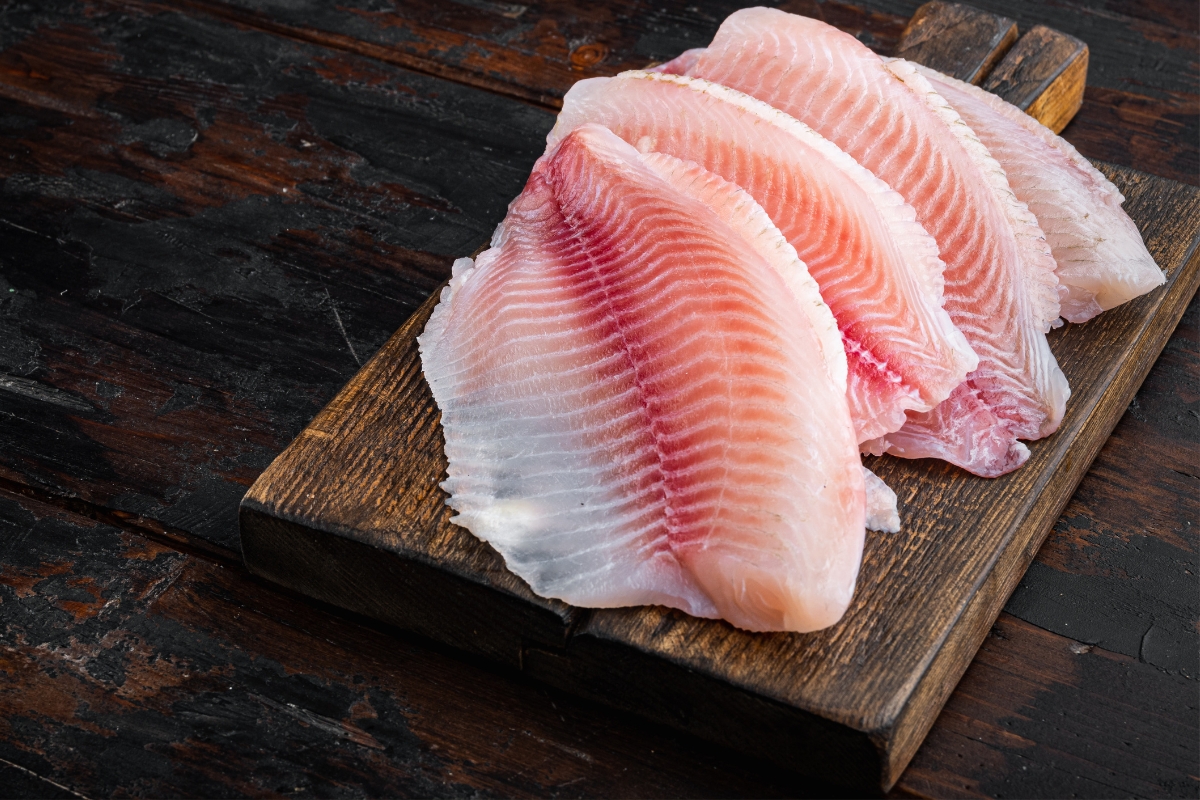Tilapia is such a popular choice these days—affordable, mild-tasting, and super versatile in the kitchen. But honestly, if you’re anything like me, you’ve probably stared at that bag of frozen tilapia in your freezer wondering, "How long does this stuff actually last before it’s a no-go?" It’s an important question because nobody wants to cook fish that’s lost flavor or, worse, might make them sick. So, let’s dig into all the nitty-gritty about frozen tilapia: how long it lasts, how to keep it fresh, and some tips so you don’t end up tossing your hard-earned groceries.
First up, it’s good to know there’s a difference between fresh and frozen tilapia when it comes to storage. Fresh fish? Yeah, it can be really delicate. You’re looking at a day or two max in the fridge before it starts to lose that nice “fresh” vibe. Frozen fish on the other hand can keep much longer—if you know what you’re doing.
Typically, if you just throw raw tilapia fillets in the freezer, they’ll keep their best quality for about to months. After that, they don’t exactly go bad like spoiled milk, but you get that freezer-burnt, flavorless texture nobody enjoys. Whole fish can last a bit longer too, around months, because the body sort of protects the inside from drying out as fast.

Now, how you pack your tilapia makes a huge difference. I’ve learned this the hard way—just tossing fish in a plastic bag and sticking it in the freezer is a quick ticket to freezer burn. Vacuum sealing, if you can manage it, is a real game-changer. It sucks all the air out and stops the fish from drying out and picking up funky freezer smells. If vacuum sealing isn’t your thing, the double-wrap method — wrapping tightly in plastic wrap and then aluminum foil — does a decent job.
One little trick that some frozen fish sellers use is “glazing.” That’s basically a thin layer of ice around the fish, acting like mini armor against freezer burn. But fair warning—when cooking, glaze weight matters, so remember to adjust if you’re weighing fish for a recipe.
When it comes to freezing fresh tilapia at home, don’t take it lightly. The sooner you freeze it after buying or catching, the better. Fish can go downhill fast at room temperature, so quick freezing locks in that freshness. Also, I’m a fan of freezing in portion sizes: that way, you only thaw what you need. No one wants leftover fish going to waste.
Speaking of thawing—this step can make or break your cooking experience. The absolute safest (and slowest) way is to thaw tilapia in the fridge overnight. Sure, it takes planning, but hey—good things come to those who wait, right? If you need it faster, sealing the fish in a bag and submerging it in cold water works well—just change the water every half hour or so. Just please, please never defrost fish on the kitchen counter. That’s how bacteria multiply and cause trouble.
If you’re scratching your head about telling whether your fish turned bad, trust your nose and eyes! Fresh tilapia shouldn’t smell “fishy” in a bad way, more like the ocean or nothing at all. A slimy film? Scratch it off the list. Discolored spots turning gray or brown? Toss it. Cooking is one thing, but eating off fish that seems “off” is not worth the risk.
Why does frozen tilapia spoil or lose quality anyway? A little science here: tilapia is a lean fish with low oil content—which means it’s more prone to drying out and getting off flavors than oily fish like salmon. Freezing helps slow spoilage, but if fish wasn’t super fresh before freezing, or if your freezer temp isn’t steady, you’ll notice the difference.
For cooking, frozen tilapia is pretty forgiving. You can cook it straight from frozen, but thawing first ensures even cooking. Always make sure your fish gets to an internal temperature of 145°F (63°C) to kill any bad bacteria. Whether you bake, grill, or pan-sear, don’t overdo it—tilapia can get dry fast, and that’s a shame for such a delicate fish.
Let’s answer some quick questions people often have:
-
Can I refreeze thawed tilapia? Nope. Once thawed, bacteria can grow, and refreezing won’t kill them. You’re better off cooking and eating it fresh from thaw.
-
Does freezing kill bacteria? Freezing just pauses bacteria growth—it doesn’t kill any that were there before freezing. So good hygiene before freezing is key!

-
How long does cooked tilapia last in the fridge? Around 3- days in a sealed container.
-
What’s best for fresh tilapia storage in the fridge? Keep it cold (below 40°F), tightly sealed, and ideally on ice for no more than days.
-
Can frozen tilapia cause food poisoning? Sure can, if thawed improperly or kept too long after thawing—always be cautious!
So here’s the bottom line: keep your raw tilapia refrigerated no longer than a couple days unless you freeze it right away. Frozen fish is best within to months to enjoy its peak flavor and texture. Wrap it well, label with dates, and thaw it safely. Trust your senses—if something smells or looks weird, it’s better to let it go.
Taking these steps might feel a little fussy, but believe me, it pays off in delicious, safe seafood meals. After all, tilapia is awesome when fresh (or frozen fresh), so treat it right and enjoy every bite without worry!



